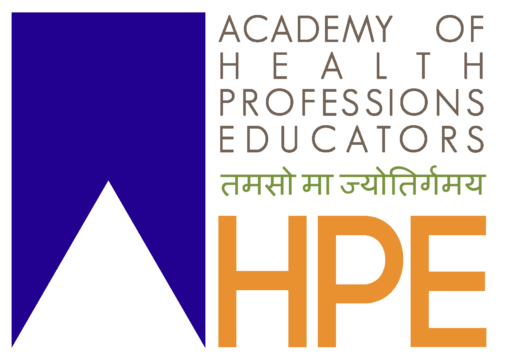Simulations are being used in the airline industry for training, re-training and certification. For the airline industry, safety is of paramount importance. Medical services also look at safety as a very important parameter. Risk reduction strategies are being used in these two areas. Medical education curricula have been trying to use simulation-based learning (SBL) for years. Simulations are presently being used for skill acquisition and assessment. However, the following dilemmas remain: what to use in simulations, why to use simulations and how to use simulations for learning.
In India, we have two contrasting scenarios related to availability of clinical material for learning in medical colleges. In some well-established colleges there are large number of patients, while in other colleges, there are a smaller number of patients or patients refuse examination by students. Simulations and simulation-based teaching can be useful in these scenarios. The use of skills and simulation labs have become mandatory in India for undergraduate medical education from 2019 as per the new competency-based curriculum.
Due to the above reasons, medical colleges are trying to set up simulation labs and start simulation-based teaching. However, unfortunately most colleges buy mannikins and fill their simulation labs with a variety of plastic material without realizing their need or without having any teaching-learning relevance. In a way they invest heavily in plastic mannikins but not in training their stakeholders in how to develop and implement simulation-based teaching-learning.
Simulation laboratories can be used to learn technical or non-technical skills. Non-technical skills including communication, team-based learning etc. can be very effectively taught in simulated scenarios. In technical skills, techniques like intravenous injections, lumbar puncture can be done repeatedly and improvements can be done. It is not always possible to learn these skills in real encounters. Therefore, simulation encounters using various simulations e.g. mannikins, standardised patients, or hybrid models can help a lot to improve student learning and patient safety. The confidence of learners improve and they can practice multiple times on simulations and also take remedial actions. Otherwise, a learner cannot poke a patient multiple times to learn intramuscular injections.
The development of low-resource intensive simulations and simulated environments can contribute to better skills learning and improved patient safety. It is reported to improve patient outcomes too. The use of low-fidelity simulation can be also very useful if appropriate teaching learning methods are employed. The educational material in a simulation module can include learning objectives, methods, material needed, logistics about space, time, practice time, faculty training tips and assessment strategies e.g. checklists, OSAT (Objective structured assessment of technical skills), OSCE (Objective structured clinical examination), OSPE (Objective structured practical examination). The possibility of using hybrids i.e. video/computer simulation/ real patients should be explored as in India at number of places ample number of patients are available. Hybrid models can be used for intramuscular injection by using actual subject for palpation of bony landmarks and marking site of injection followed by actual administration into simulated arm.
All stakeholders should make appropriate efforts and invest time & money in equipping faculty with skills to develop educational material for the simulation-based learning and train more and more faculty in using simulations in learning.
(Dr Dinesh Badyal is Professor, Dept of Pharmacology & Professor, Dept of Medical Education, Christian Medical College, Ludhiana. He is a FAIMER Institute Fellow, an IFME Fellow, and a CMCL-FAIMER Fellow. He is Director of the CMCL-FAIMER Regional Institute and Convener, MCI Nodal Centre for Faculty Development.)


Doubts regarding ECE cleared by reading this article.
Thanks madam.
I am worried about time constraints on preclinical & para clinical when competency based teaching will require more time. The theory & practical time is reduced by 2/3rd without any thought for (formative & summative assessments)exams. Also no scope for student extracurricular activities.There is no clarity on contents of assessment for theory & practicals(only total marks are mentioned) How to include OSAT/OSCE/OSPE in the given time frame of exams. Your opinion will be appreciated